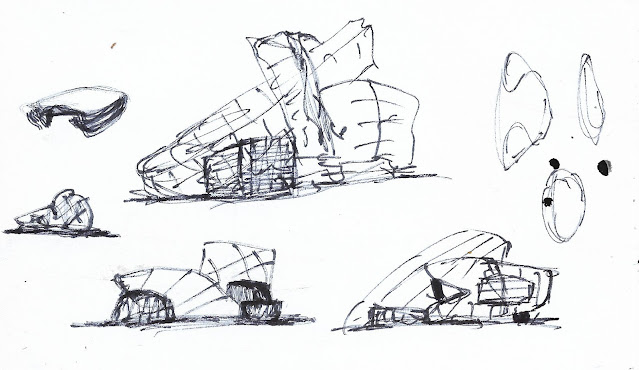Futuristic Architecture: What Will Cities Look Like in 2050?
As we move deeper into the 21st century, the question of what our cities will look like in 2050 no longer feels like science fiction—it’s fast becoming a matter of planning, design, and imagination. With the rapid rise of technology, environmental challenges, and shifting human needs, futuristic architecture is set to reshape urban life as we know it.
So, what might the cities of 2050 look like? Let’s take a glimpse into the future.
1. Vertical Living: Cities Reaching the Sky
As urban populations continue to swell, the need for efficient use of space will push cities upward. Future architecture will likely feature hyper-tall skyscrapers—vertical cities with residential zones, offices, shopping, parks, and farms stacked within a single structure. These “self-contained ecosystems” will reduce the need for commuting and lower the urban footprint.
Expect to see buildings that adapt to the sky: flexible, kinetic façades that change shape with the weather, and modular units that can be added or reconfigured as needed.
2. Smart Materials and Responsive Design
By 2050, architecture will be increasingly adaptive and responsive. Imagine buildings that can self-heal cracks, absorb pollution, or harvest energy from the sun and wind using smart materials. We may see exteriors made from biomimetic skins that mimic natural processes, adjusting to light, temperature, and humidity in real time.
Homes and public spaces could have walls embedded with AI and sensors, creating responsive environments that change color, lighting, or layout based on the needs and emotions of the inhabitants.
3. Green Cities: Nature Rewoven Into the Urban Fabric
In response to climate change, urban design will prioritize sustainability and regeneration. Rooftop gardens, vertical forests, and indoor farms will be standard features—not luxuries. Greenery won’t be added to cities; it will be integrated into their bones.
Expect carbon-neutral or even carbon-negative buildings, powered by renewable energy and built from recycled or biodegradable materials. Water recycling systems, algae walls for air purification, and solar-paneled walkways may be the norm.
4. Floating and Underwater Structures
With rising sea levels threatening coastal cities, architecture will also expand into water. Floating neighborhoods, built on adaptable platforms, will become part of the urban landscape. These structures will be self-sustaining, complete with renewable energy sources, waste recycling, and localized food production.
More daring visions include underwater habitats, where marine research, tourism, and even permanent living could occur beneath the waves in transparent domes and pressure-controlled pods.
5. AI, Automation, and the Fluid City
In 2050, cities will be built not just of glass and steel, but of algorithms and data. Architecture will become fluid, with spaces reconfiguring automatically based on real-time usage patterns. Smart infrastructure will adjust traffic flows, lighting, heating, and even crowd control, creating hyper-efficient and personalized urban experiences.
Autonomous transportation—flying taxis, self-driving pods, and magnetic levitation trains—will reshape the layout of cities. Traditional streets may give way to multi-layered transit systems, making urban travel faster, cleaner, and less invasive.
6. Cultural and Ethical Design
Future architecture won’t only be about tech. There will be a growing demand for human-centric and inclusive design, respecting cultural diversity, accessibility, and emotional well-being. Architecture will strive to blend aesthetics with ethics, addressing not only how cities function, but how they make people feel.
Designers will consider the psychological impact of space: using biophilic design, communal areas, and artistic expressions to foster connection, identity, and mental health.
Conclusion: The City as a Living Organism
By 2050, cities may resemble living organisms more than static structures—dynamic, interconnected, and adaptive. They’ll blend nature and machine, data and soul, shaping not just how we live, but who we become.
Futuristic architecture isn’t about building monuments to progress. It’s about creating habitats for a new kind of life—one that is smarter, greener, and more in tune with the rhythms of the planet and the needs of humanity.








_1.jpg)
_2.jpg)
_1.jpg)
_2.jpg)
_1.jpg)
_2.jpg)
_1.jpg)
_1.jpg)
_2.jpg)
_1.jpg)
_2.jpg)


















.jpg)




_1.jpg)
_2.jpg)
_1.jpg)
_2.jpg)
_1.jpg)
_2.jpg)
_1.jpg)
_2.jpg)
_2.jpg)
_1.jpg)
_2.jpg)
_1.jpg)
_2.jpg)


















